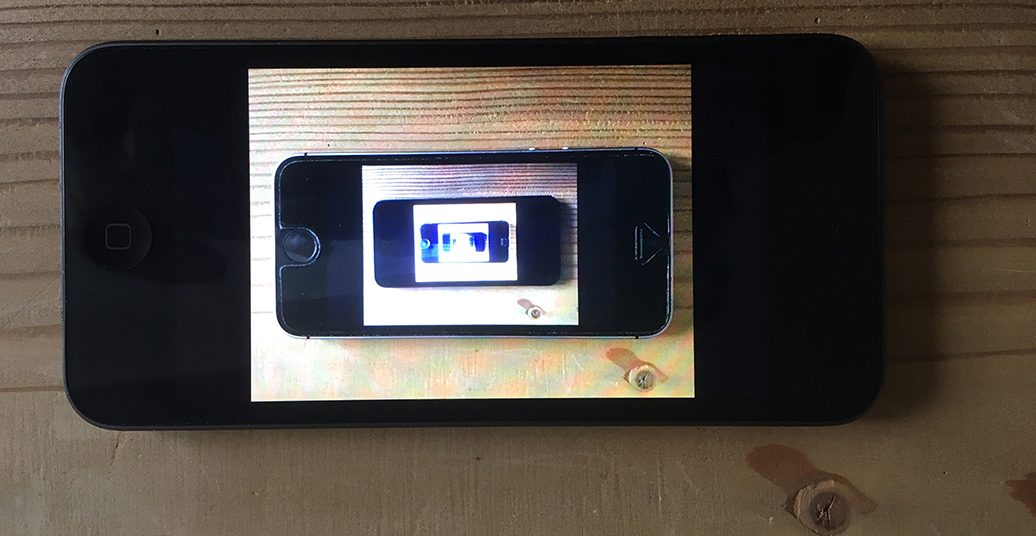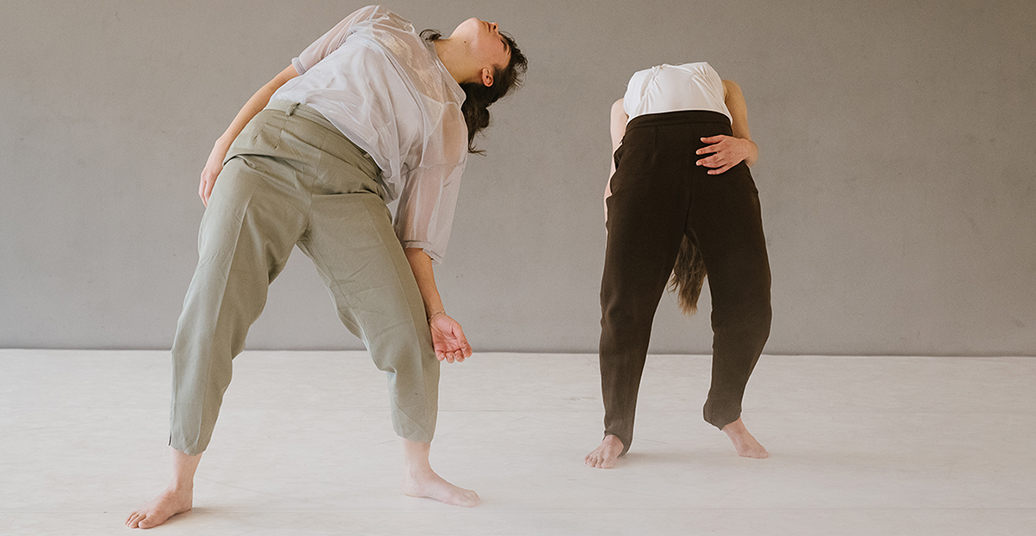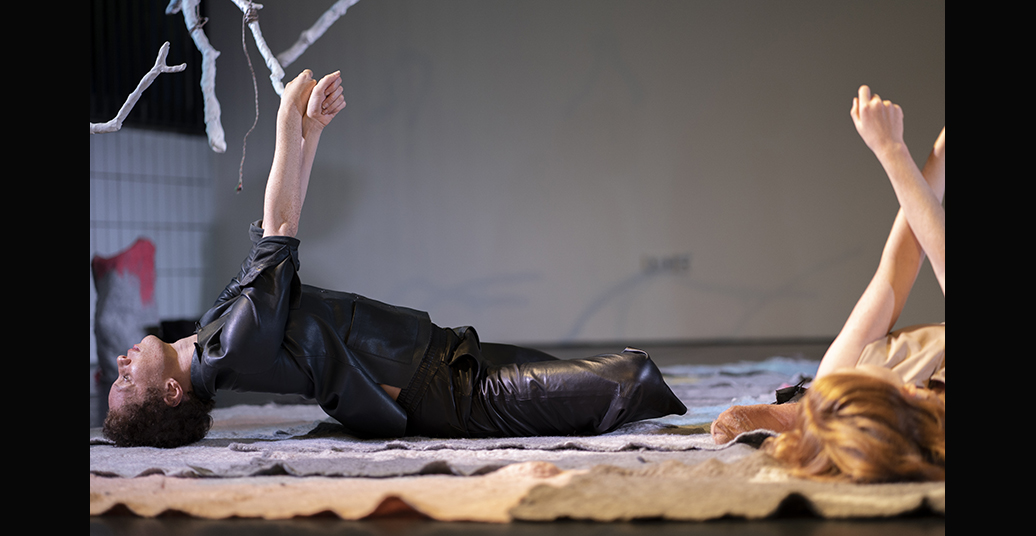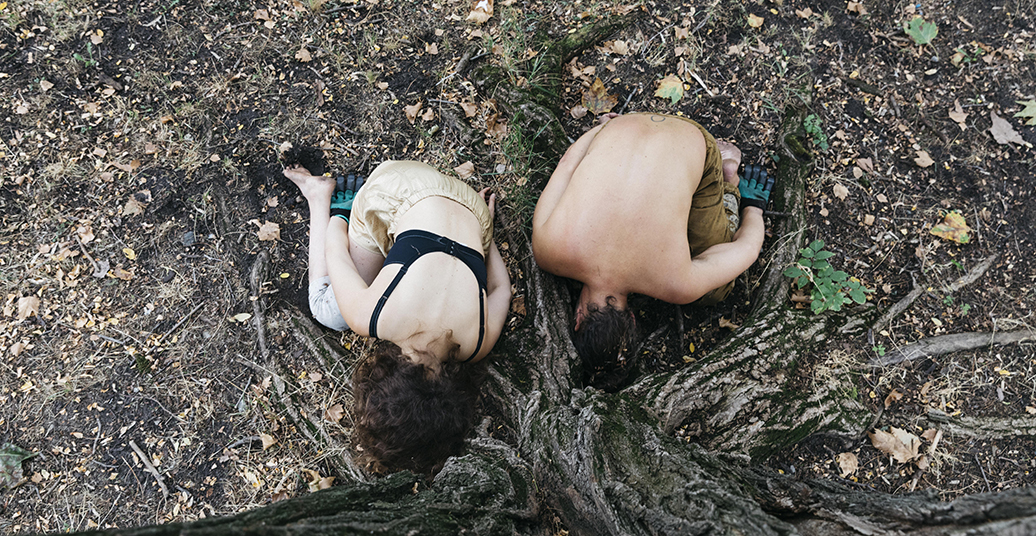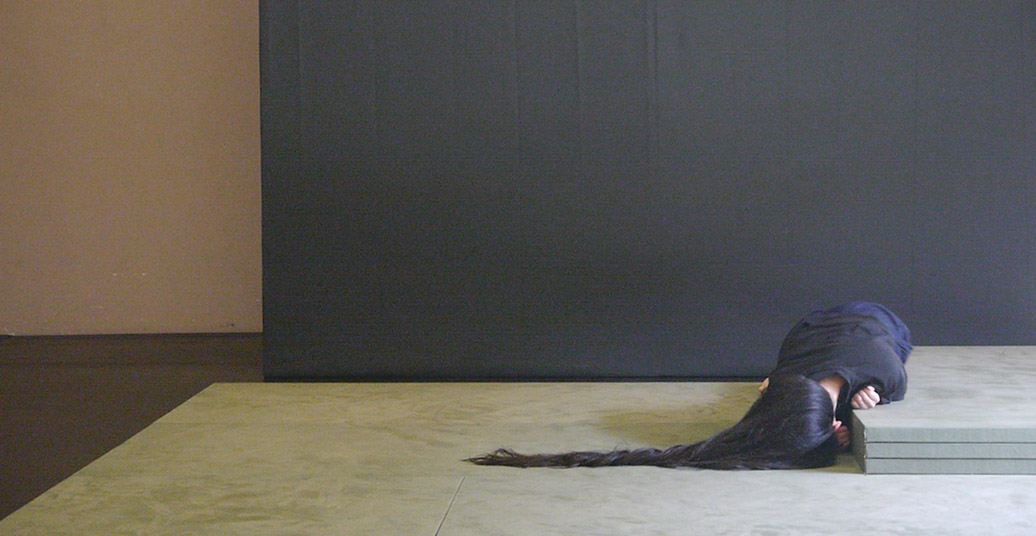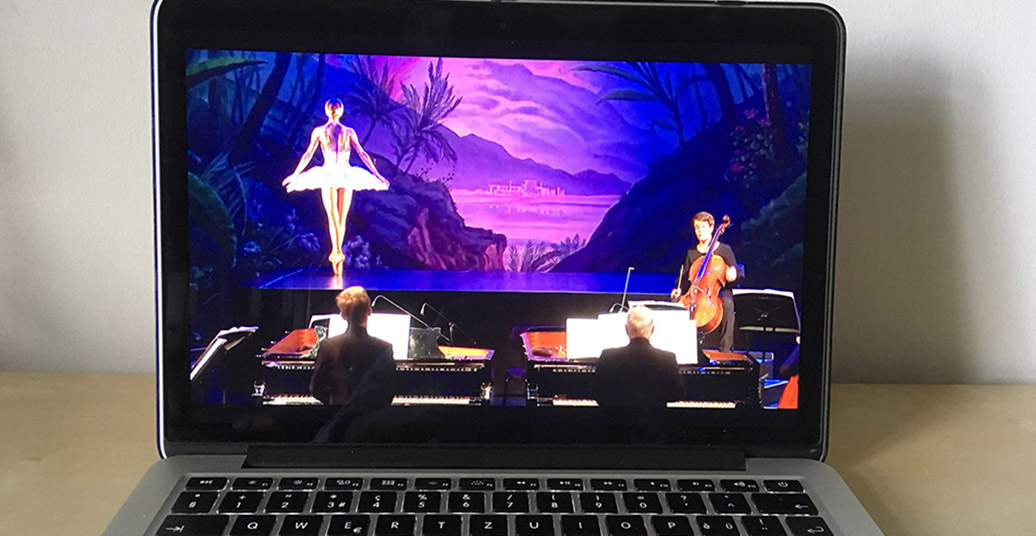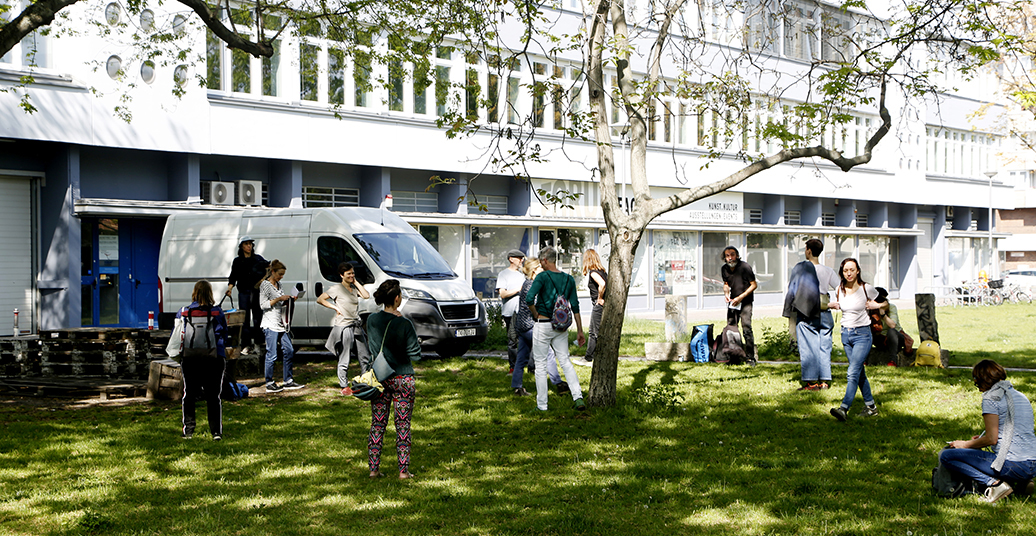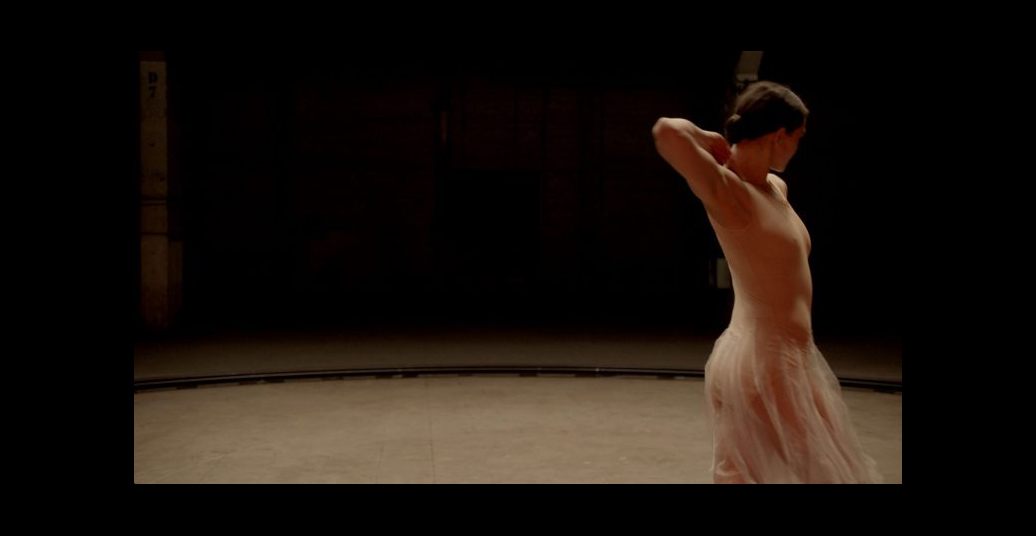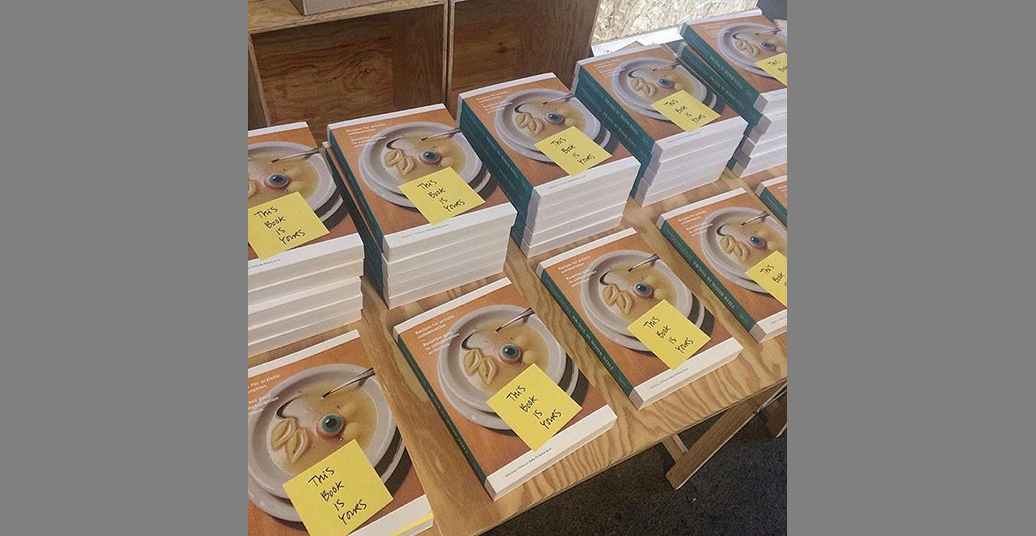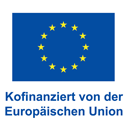Here we are sitting in the mid of the second wave, and with the year and my contribution as a tanzschreiber drawing to a close, I would like to make a few reflections on dance/performing arts in this forced digitalization time. The longer we are sitting at home in some degree of lock-down, the deeper the influence is going to last. If on the positive pole, it has been an eye-opening experience connecting people in different geographical location and calling for a rethinking of the approaches to dance, on the down side, most of us crave touch or a stable (economic/working) environment. At this point, I want to look closer at three elements of dance production — creation, aesthetics and fruition — for a sort of time warp on the future of dance, also dance education.
Continue reading “What about a Time Warp Dance?”Katja Vaghi
Something Remains Astir in the Silence: On the Importance of Dance Residency Programs
Continue reading “Something Remains Astir in the Silence: On the Importance of Dance Residency Programs”Whether we anticipated it or not, whether we processed the events and emotions of the first wave or not, the second (partial) lockdown has returned us to a similar situation as in March, as we – Annette, Jette, and I – had just begun reporting on Berlin dance events for the tanzschreiber portal. It’s been a few intense months during which we primarily sated our dance curiosity via online formats. Even though, as we all know, dance is actually the most physical art form par excellence there is (for both the artists and the audience). So we attempted to tackle questions about the practice, “how, where, on what, and with whom can dancers and choreographers work right now?”, and about the receivers, and especially “about what cultural journalists should report on”. Then came the easing of restrictions in the summer. And now we’re back to square one. However, unlike before, we know what to expect. It’s easier for some artists to rethink things (in part because their work is better suited to online adaptations), for others it’s unfortunately not. What I sometimes sense in the city is a sense of rage: the dull, sad fury of caged animals and the (thankfully, more rarely) existential angst of those who don’t know how they’re supposed to make ends meet (if you’re in a position to help, please support your fellow human beings!). And just like the first lockdown, something remains astir inside the apparent stillness of the closed performance venues.
Emotional Participation
Continue reading “Emotional Participation”At first glance, Emmilou Rößling’s “The Fraternity”, performed during OPEN SPACES – How to get in Touch with… from 22 to 24 October 2020 at Tanzfabrik Berlin, seems like research on the topic of female togetherness. Beyond that, there is an emphasis on something more subtle, something which merges that which is felt with felt cloth.
Far, and yet so close: The Exhibit “Down to (planet) Earth” at Gropius Bau
Continue reading “Far, and yet so close: The Exhibit “Down to (planet) Earth” at Gropius Bau”Under the title “Down to Earth: Climate, Art, Discourse Unplugged”, this exhibit at Gropius Bau from 13 August to 13 September 2020 focuses on ecology and sustainability. It is part of the Immersion program series, which aims to experiment with new formats of looking and presenting and to dissolve the dichotomy between the viewing subject and the object being viewed. This time around, indiginous cultures and new practices in sustainability and the holistic experience can be seen alongside experimental forms of contemporary art.
Minimal Movements: Isabelle Schad’s “FUR”
Continue reading “Minimal Movements: Isabelle Schad’s “FUR””Sometimes you come across pieces that simply leave you speechless. Not because they passed us by and failed to move us. But because they touched us deeply. Regardless, I want to attempt to give an account of Isabelle Schad’s “FUR”. The showings with Aya Toraiwa were on 31 July and 1 August 2020 at the Wiesenburg-Halle.
Back to the Classics
Continue reading “Back to the Classics”Event cancellations due to Covid-19 measures didn’t just affect the dance scene. How did major theaters respond during the pandemic? A brief glimpse at the Staatsballett Berlin to mark Polina Semionova’s appearance in the concert performance of Camille Saint-Saëns’ “The Carnival of the Animals” at the Staatsoper Unter den Linden.
City Expansion — (Out)Stretching the Senses to Our Urban Surroundings
Continue reading “City Expansion — (Out)Stretching the Senses to Our Urban Surroundings”After days of being homebound, practice lab EINS from Sabine Zahn’s project “Stadterweitern (City Expansion)” gave me a chance to rediscover my senses (and with them a piece of Berlin). During the first of four five-day labs to take place in different central locations in Berlin from May to November 2020, I had the opportunity to experience Ernst-Reuter-Platz close up. Lab EINS also included a performance lecture and a discussion.
Another Kind of Kinesthetic Empathy Is Transmitted on Screen
Continue reading “Another Kind of Kinesthetic Empathy Is Transmitted on Screen”In the times of corona, when live dance events are (still) not possible, the digital format remains. You can love it or leave it, and not everything is suitable for filming. However, there are dance films, films explicitly choreographed for the camera and the screen: available for viewing until 6 May in POOL 20 – Spring Edition of the Internationales TanzFilmFestival Berlin at DOCK 11 online.
On Hospitality, Collaborations and Dining Culture: Questions for Sally De Kunst about the Book “This Book is Yours”
Continue reading “On Hospitality, Collaborations and Dining Culture: Questions for Sally De Kunst about the Book “This Book is Yours””On 21 March 2020, Sally De Kunst was scheduled to present the book “This Book is Yours – Recipes for Artistic Collaboration” at the Berlin office of Vexer Publishing House with a cooking workshop. Like many things in Berlin and worldwide, this event – a collaboration with Tanzbüro Berlin – could not take place. So I invited Sally De Kunst to respond over Skype to a few questions about this unusual recipe book on cooking and artistic collaborations. I found it particularly relevant at this current point in time as we’re spending a lot of time at home – probably also cooking – and gaining a greater awareness during this period of isolation for how very much our way of life depends on collaborations.

